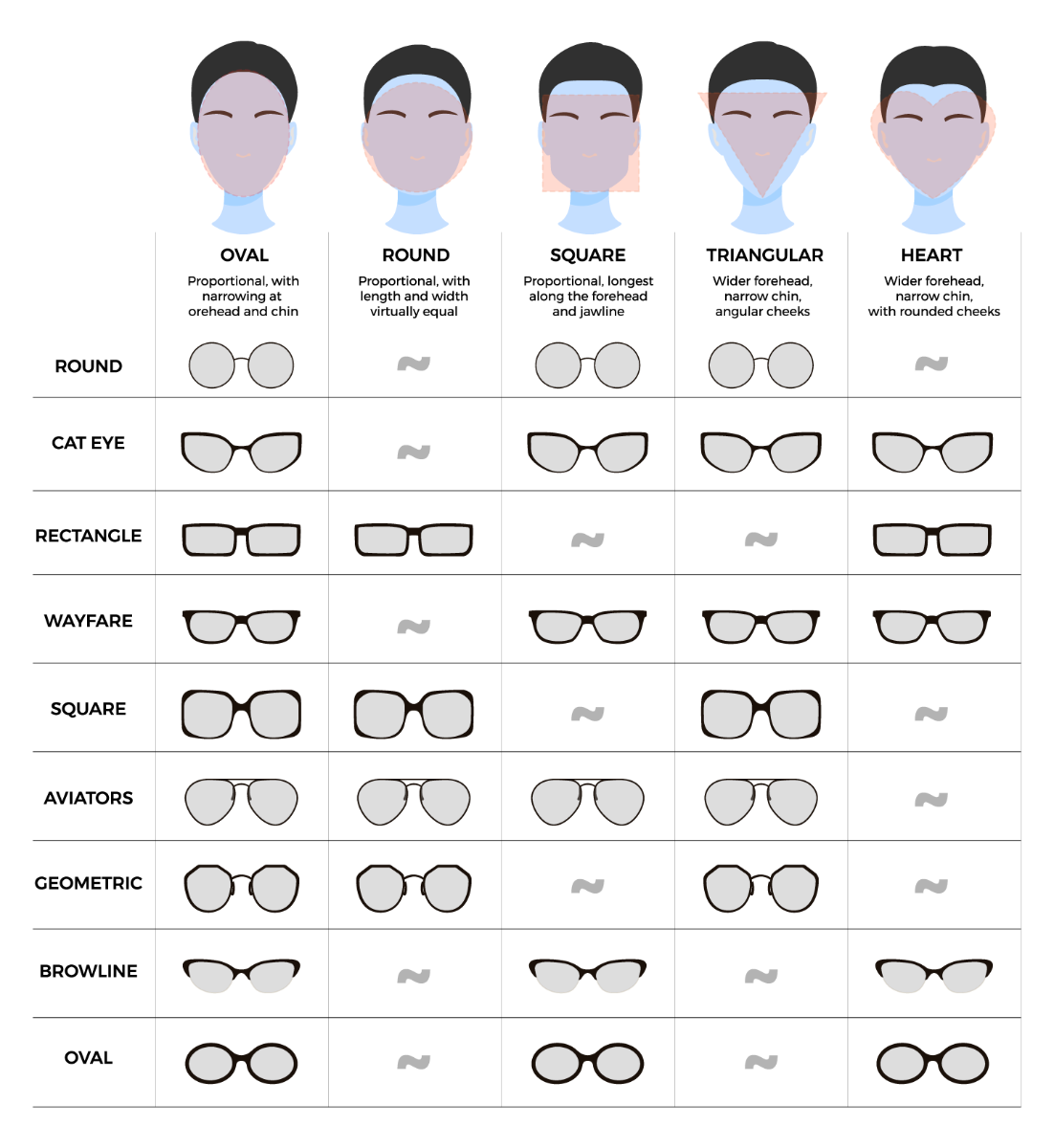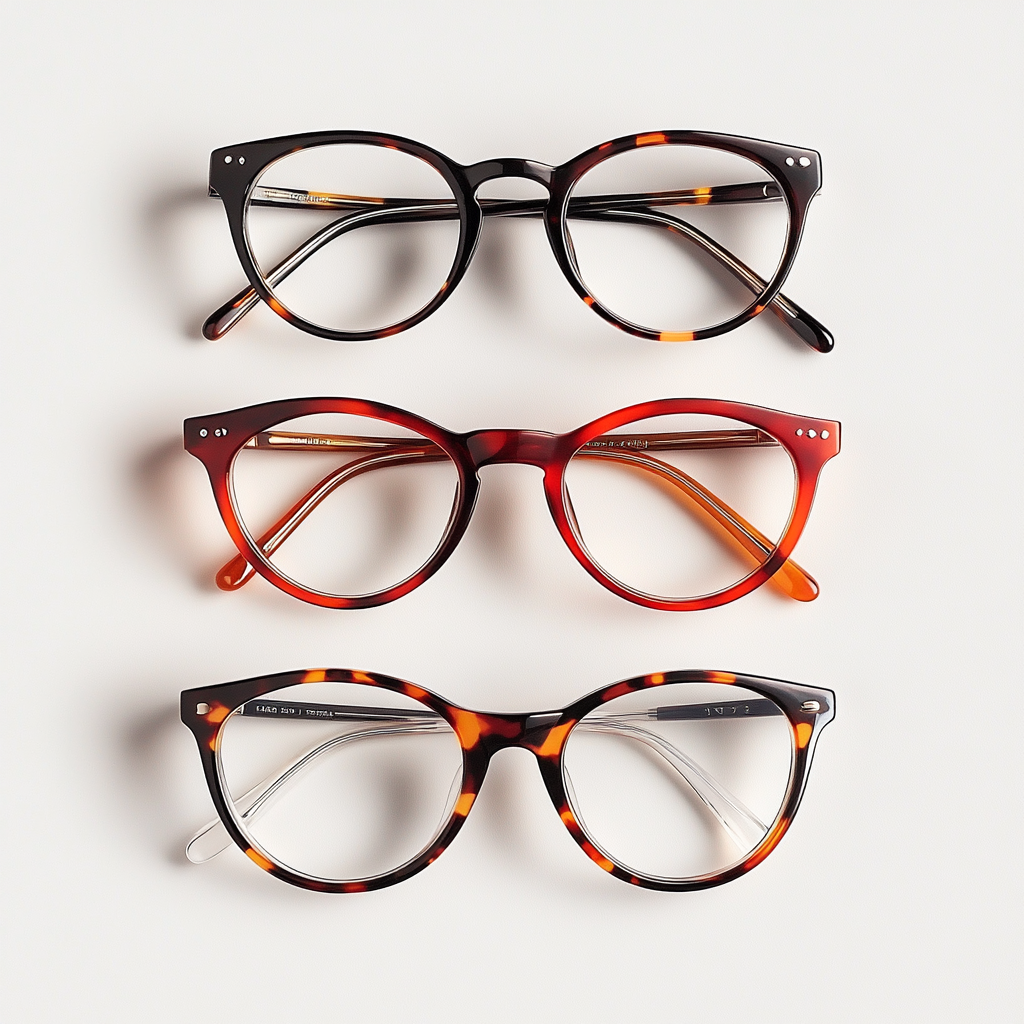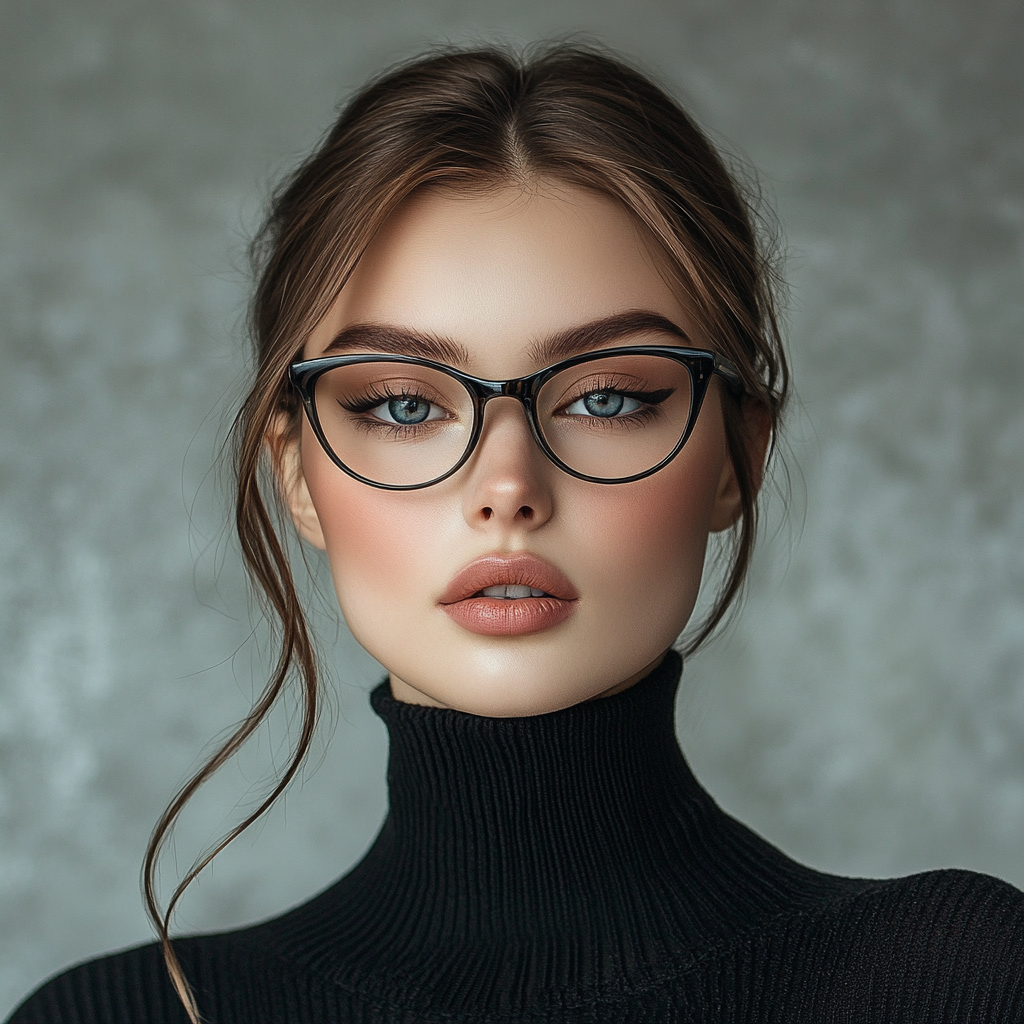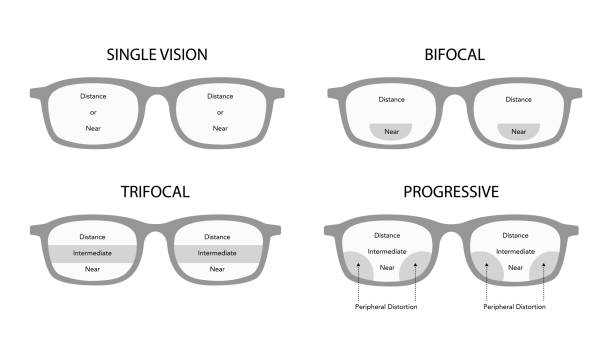
How to select Frames for your eyeglasses
Selecting frames for your prescription glasses might seem overwhelming, but it can be a straightforward process. Here are some simple steps to help you find frames that flatter your face and reflect your personal style.
Here is how to select frames:
- Identify Your Face Shape: Determine the shape of your face to find frames that enhance your features.
- Choose Complementary Colors: Pick colors that match and flatter your skin tone.
- Consider Your Lifestyle: Think about your daily activities and choose frames that suit your way of living.
- Express Your Personality: Select frames that reflect your unique style and personality.
Finding the right frames becomes straightforward when you know your face shape, make thoughtful color choices, consider your lifestyle, and choose what makes you happiest and most comfortable. Follow these four simple steps to make selecting the perfect frames for your face is a breeze
Choose Your Look!
Explore Frame Styles for Every Face Shape
Finding the ideal frames enhances your appearance and showcases your distinct personality. Discover favorite frame styles crafted for various face shapes:
• Round Faces: Balance your features with structured, angular designs.
• Oval Faces: Versatile selections; try chic cat-eye or sleek rectangular frames.
• Square Faces: Soften your look with rounded or oval styles that create harmony.
• Heart-Shaped Faces: Opt for frames broader at the base to harmonize your forehead.
• Diamond Faces: Highlight your cheekbones with oval or refined rimless frames.
Our expert advice will help you embrace your unique features while selecting a frame that truly stands out.
Identify Your Skin Tone
2. Use Your Clothing Preferences as a Guide: Think about the colors of clothes that make you feel most comfortable and confident. The same principle applies to selecting frame colors.
3. Let Your Personality Shine: Don’t hesitate to express your personality through the color of your frames. Choose colors that not only match your skin tone but also reflect your unique style. By understanding which colors suit your skin, selecting frames becomes a straightforward and enjoyable process.

Consider your lifestyle.

Express Your
Unique Style
with Frames

Lens Selection Guide
Choosing the Right Lens is a Game Changer
Selecting the appropriate lenses is as essential as picking out stylish frames. Your lenses are vital for optimal vision, enhancing the appeal of your fashionable eyeglasses. Explore various lens selections suited to your daily activities:
– **Standard Lenses:** Ideal for fundamental vision correction, providing comfort and clarity.
– **Photochromic Lenses:** Automatically adjust to light changes, smoothly transitioning between indoor and outdoor settings.
– **Anti-Reflective Coating:** Minimizes glare for improved visibility, especially beneficial for evening driving or professional settings.
– **Blue Light Filtering Lenses:** Shield your eyes from strain caused by digital screens while you work or enjoy leisure activities.
Elevate your eyewear journey by learning about the lens varieties at your disposal. Whether you’re seeking enhanced utility or a stylish look, the right lenses can turn your eyewear into both a practical tool and a fashionable accessory.
Lens Fundamentals
Understanding the essentials of lens types can elevate your vision and style. Picking the right lenses can make a notable difference in your everyday eyewear experience.
Modern Lens Innovations
Explore innovative lens technologies that cater to your lifestyle and reflect your individuality. Stay stylish while ensuring your visual health.
Single vision, bifocal, trifocal, and progressive lenses differ in their optical power and the way they correct vision.
When choosing between lenses, you can consider your prescription, visual needs, personal preferences, and budget. For example, if you only need to correct for two levels of vision, bifocals may be a good choice. If you prefer a lens without visible lines, progressive lenses may be a good choice. However, progressive lenses may be more expensive and may take some time to get used to.
Single vision, bifocal, trifocal, and progressive lenses differ in their optical power and the way they correct vision:
- Single vision
A single lens with a single field of vision. Single vision lenses can correct for short-sightedness, long-sightedness, and astigmatism.
- Bifocal
A lens with two different magnification levels, separated by a visible line. Bifocals are a good choice if you need to correct for both near and far vision.
- Trifocal
A lens with three different magnification levels, separated by two visible lines. Trifocals are a good choice if you need to correct for near, intermediate, and distance vision.
- ProgressiveA lens with a variable power that changes depending on where you look in the lens. Progressive lenses don’t have any physical lines and create a smooth transition between near and far vision



